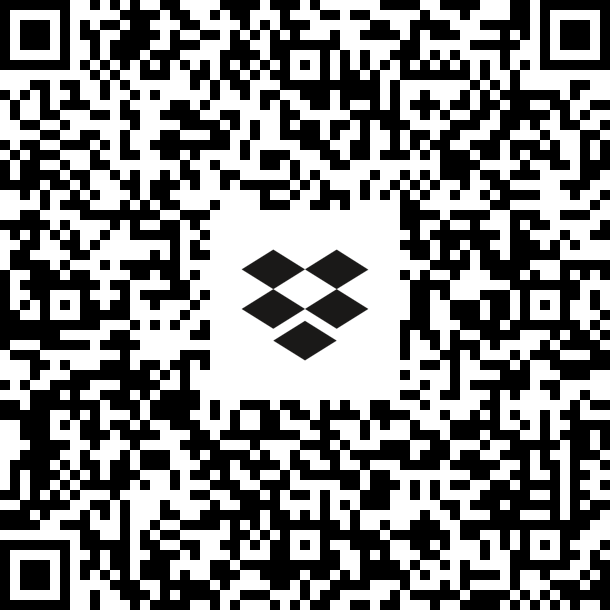Resources
Below, we share relevant material intended for GIMOSIC members and anyone interested in computational materials science. We hope this information will be useful to those who need it.
Databases of Crystalline Structures
| Resource | Link |
| Materials Project | https://next-gen.materialsproject.org/ |
| AFLOWlib | https://aflow.org/ |
| Open Quantum Materials Database | https://oqmd.org/ |
| Novel Materials Discovery | https://nomad-lab.eu |
| Crystallography Open Database | http://www.crystallography.net/cod/ |
| JARVIS-DFT | https://jarvis.nist.gov/ |
Simulation programs
| Resource | Link |
| Quantum Espresso | https://www.quantum-espresso.org/ |
| FHI Aims | https://fhi-aims.org/ |
Recommended Courses
| Resource | Link |
| Density Functional Theory | https://www.coursera.org/learn/density-functional-theory |
| Quantum Espresso | https://www.quantum-espresso.org/tutorials/ |
| FHI Aims | https://fhi-aims-club.gitlab.io/tutorials/tutorials-overview/ |
Complementary Software
| Resource | Link |
| VESTA | https://jp-minerals.org/en/ |
| XCrySDen | http://www.xcrysden.org/XCrySDen.html |
| Google Colab | https://colab.google/ |
| Gnuplot | http://www.gnuplot.info/ |
Databases of Papers
| Resource | Link |
| Google Scholar | https://scholar.google.com |
| ResearchGate | https://www.researchgate.net |
| Directory of Open Access Journals | https://doaj.org |
| Scopus | https://www.scopus.com |
| Web of Science | https://www.webofscience.com |
| ScienceDirect | https://www.sciencedirect.com |
LaTeX for the Thesis

You can scan this QR code to access the download link for the files. Once downloaded, create a new project in Overleaf or your preferred editor and add all the files. It is recommended not to rename the files 1.png, 2.png, GIMOSIC.cls, main.tex, and references.bib. The files 01.tex and 02.tex serve as examples of how the project can be structured. Have a great day!